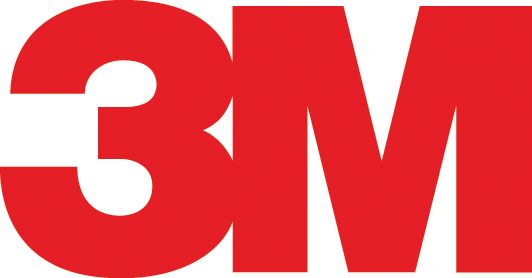800-634-2249
Advertorial: Increased Efficiency With Reduced Waste
This Product Test Drive explains why 3M™ Scotchbond™ Universal Plus Adhesive is another step ahead in dental bonding.

One of the things that fascinates me greatly about technology, and life in general, is the evolution of our products. I’ll use the microwave as an example. When it came on the market, it was a total home run, game-changing kind of product. Stores couldn’t keep them in stock.
But people began to notice that the device did not heat things evenly. Folks began to stop the microwave and rotate the plate 90° to 180° to allow for even heating. But before long, manufacturers created the rotating cooking plate that spun slowly as the food heated. In a matter of months, this upgrade became pretty much standard equipment with microwaves. Nowadays, I don’t think you can even buy a microwave without one. The industry created an evolution, noticed a small flaw, and adjusted it, and that evolution even became a part of the device.
Dentistry is no different. Manufacturers find areas that need enhancement and adjust them, and the adjustments become part of the product. And in no place in dentistry is this situation more apparent than in the world of chemistry.
Statistics from the American Dental Association estimate about 175 million filling procedures are accomplished per year in the United States. It is easy to see how improving that process can affect a serious number of patients. Even if there are 2 restorations on each patient, that is still over 85 million individuals directly affected by an improvement.
Those are just a few of the reasons that I have been impressed with my testing and the performance of 3M’s new Scotchbond™ Universal Plus Adhesive. The material has undergone several improvements this generation, making it a product that every office should consider.
Some of those improvements include:

Since bonding agents were invented, clinicians have struggled to tell the difference between composite interface versus recurrent decay. A radiolucent area along the gingival margin could very well be a bonding agent, or it could be caries and require intervention. How do we tell? Scotchbond Universal Plus Adhesive has a radiopacity similar to that of dentin in a bitewing radiograph. This removes the guesswork and saves the patient from potentially unnecessary replacement.
The material has the ability to bond and seal caries-affected dentin—this amazing property aids in practicing minimally invasive dentistry.It is no longer necessary to sacrifice tooth structure in order to compensate for a deficiency in the material. Doctors can restore with confidence knowing that their restorations are strong, stable, and durable.
Scotchbond Universal Plus Adhesive can be used in any clinical situation. Gone are the days of needing separate bonding agents or extra bottles. Whether the procedure is direct or indirect, metallic, glass, or resin, Scotchbond Universal Plus Adhesive bonds incredibly well to them all.
The days of bonding products that required a special additive to work properly in the dual-cure environment are behind us with Scotchbond Universal Plus Adhesive. It is truly a single-bottle solution!
Although 3M created a superior dual-cure resin cement called RelyX™ Universal Resin Cement that works hand in glove with Scotchbond Universal Plus Adhesive, the adhesive can also be used with confidence with any other dual-cure resin cement.
The material truly is a “universal adhesive” that optimizes bond strength to both etched and unetched enamel. No matter what bonding philosophy a dentist uses, this material works. I happen to use the total-etch technique, but whether you use total-etch, selective-etch, or self-etch, this material will interface with it.
Using Scotchbond Universal Plus Adhesive is as simple as:
placing in the prep and agitating for 20 seconds,
air drying and thinning the material for 5 seconds until the material is thin and does not visibly move anymore, and
light curing for 10 seconds.
In practical applications, it is imperative that the material is designed with ease of use in mind. To that end, the talented minds at 3M have done a great job of increasing efficiency and decreasing waste in the delivery system.
The dispensing system is designed to be easy on the environment as well. If you are familiar with the original Scotchbond Universal, you will notice that the rubber gasket in the cap is gone. The bottle is also manufactured utilizing less plastic than its predecessor.
The bottle is designed with smooth surfaces and edges that make it easier to clean and less retentive to bioburden, which is more important than ever. One of the other dispensing features I find advantageous is the elimination of the bottle. The material can be purchased in single-dose packs that help reduce the risk of cross-contamination.
Unidose systems are also beneficial because they ensure a totally fresh dose every time. Bonding agents contain a solvent that can evaporate over time, but opening a sealed unidose pack for every procedure removes that possibility.
3M is a key player in the adhesive dentistry market. It achieved this position by diligently researching and testing improvements in its products. It is a company dentists rely on to provide quality products that ensure long-term clinical results. 3M’s latest work, Scotchbond Universal Plus Adhesive, is something it should be proud of and should be on a short list of products dentists should explore if they are looking to improve their bonded restorations.
Opinions expressed in this article are Dr Flucke’s and do not necessarily represent the views and opinions of 3M.